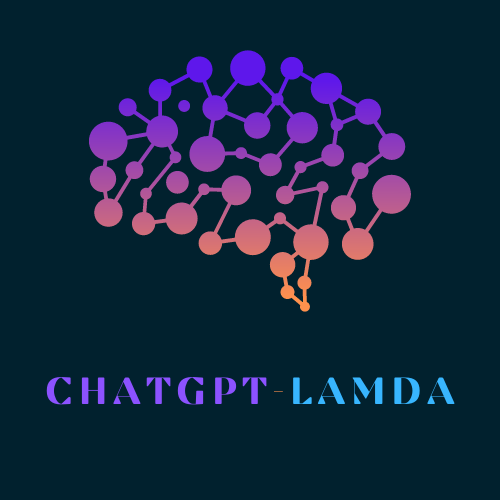GPT-4: The Future of Language Generation Models
GPT-4 is a hypothetical language generation model that has not yet been developed, but it has generated a lot of excitement and speculation in the field of artificial intelligence (AI). GPT-3, its predecessor, already set new benchmarks for language generation models and opened up new possibilities for businesses and researchers alike. However, GPT-4 is expected to take the capabilities of language generation models to new heights. In this article, we will explore what we know so far about GPT-4 and its potential impact on the field of AI.
Expected Improvements in Language Generation
GPT-4 is expected to improve upon the language generation capabilities of GPT-3. This could include improvements in grammar and coherence, as well as the ability to generate more creative and nuanced language. One of the challenges in developing GPT-4 will be identifying ways to further improve the quality of language generation while minimizing the risks of errors or biases.
Increased Training Data and Computing Power
To achieve these improvements, GPT-4 will require even larger amounts of training data and computing power than GPT-3. GPT-3 was already trained on a massive dataset of over 45 terabytes of text data, but GPT-4 will require even more data to achieve its expected improvements. This presents a significant challenge, as it will require the development of new algorithms and hardware to support the increased demand.

Potential Applications in Business and Research
If GPT-4 is developed, it could have many applications in business and research. For example, it could be used to automate many language-related tasks, such as content generation and translation. It could also be used to accelerate the pace of research by analyzing large amounts of text data. GPT-4 could enable more advanced natural language processing and contribute to the development of conversational AI.
Ethical Implications
As with GPT-3, there are likely to be ethical implications associated with the development and use of GPT-4. These may include issues related to bias and discrimination, privacy and security, and responsibility and accountability. As the capabilities of language generation models improve, so do the risks and challenges associated with their development and use. Addressing these issues will be critical to ensuring that GPT-4 is used responsibly and ethically.
Uncertainty and Speculation
At this stage, there is still a great deal of uncertainty and speculation about what GPT-4 will look like and what it will be capable of. It is likely to be several years before we see a fully developed version of the model, if it is developed at all. However, the potential impact of GPT-4 is already generating significant interest and investment in the field of AI.
In conclusion, GPT-4 represents the next generation of language generation models, and it has the potential to transform many areas of business and research. However, it also presents significant challenges related to ethics, data privacy, and computing power. As researchers and developers continue to explore the possibilities of GPT-4, it will be important to address these challenges and ensure that this technology is used ethically and responsibly.




One Comment
Leave a ReplyOne Ping
Pingback:GPT-3 and its Role in Natural Language Processing